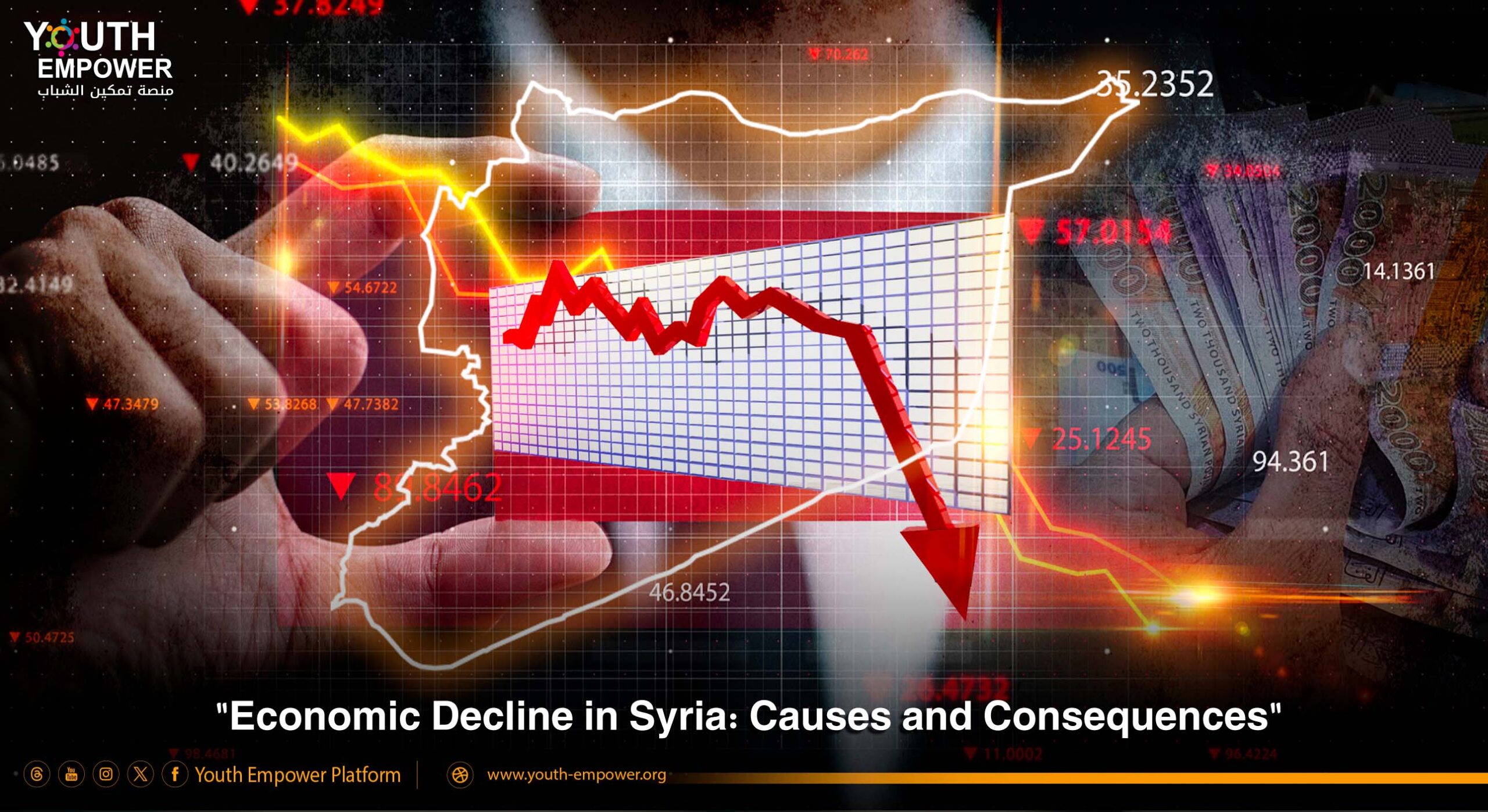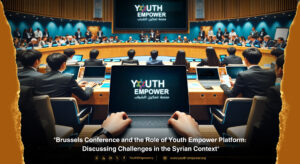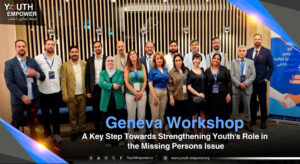Introduction to Unraveling Syria’s Economic Collapse
In recent years, Syria has experienced accelerated economic deterioration due to long years of war.
This downturn has led to a sharp increase in poverty and unemployment rates, causing millions of Syrians to suffer from economic instability and difficulty in securing basic needs. The current economic situation in Syria represents one of the biggest challenges facing the country, including resource shortages, infrastructure destruction, depreciation of the Syrian pound, and rising unemployment rates.
Causes of Unraveling Syria’s Economic Collapse
According to a report by the World Bank released on Saturday, May 25, about 25 percent of Syrians live in extreme poverty based on data collected by humanitarian organizations until mid-2022, indicating an increase in the rate due to ongoing economic deterioration. Estimates suggest that consumer inflation has risen by 93 percent, exacerbated by cuts in government support.
Expert Insights on Unraveling Syria’s Economic Collapse
Dr. Majdi Al-Jamous, a professor at the Faculty of Economics at Damascus University, stated in a press release that the unemployment rate in Syria exceeds 37 percent, and the hidden unemployment rate has surpassed 85 percent.
In addition, Dr. Osama Kadi , the economic advisor, mentioned in his talk to the Youth Empower Platform that the main factors affecting the Syrian economy include the deprivation of the Syrian treasury of most of its wealth, such as oil, trade, and agriculture over the past thirteen years.
The Impact of Foreign Influence on Unraveling Syria’s Economic Collapse
Dr. Osama Kadi, an economic advisor, attributes the current economic deterioration in Syria to the division of the country into three spheres of influence: Russian, American, and Turkish. This division has transformed Syria into merely a human conglomerate lacking true sovereignty, effective law, or systematic and efficient management of its economic resources, negatively impacting the country’s economic and social stability.
Challenges in Unraveling Syria’s Economic Collapse
According to the economic advisor, more than 95 percent of the population lives below the poverty line, creating a society divided into a poor class and a hungry class. This situation excludes only about 2 percent of the population, who are the originally wealthy class or warlords, who have benefited from the current situation and enhanced their wealth amidst the crisis.
Labor Migration and Its Impact on the Market
The shortage of skilled and specialized labor in Syria has led to a rise in wages for the remaining workforce that has not been able to leave the country, which in turn has increased production costs.
This rise in costs has resulted in higher prices, leading to an accumulation of goods in the market as the majority are unable to purchase them due to poverty and a lack of liquidity.
The Deteriorated Economic Reality and Challenges of Humanitarian Support
Dr. Osama Kadi highlights the deteriorating economic situation in Syria, noting that the average income per individual ranges between 10 and 15 US dollars only, while the rate of hyperinflation has exceeded 4000 percent.
This high level of inflation reflects the depreciation of the Syrian pound and deepens the economic difficulties for ordinary citizens.
In the same context, he pointed out that civil society and humanitarian organizations face significant challenges in attempting to alleviate the effects of unemployment and poverty within Syria.
Humanitarian activities require substantial capital to create new job opportunities, in addition to the need for security and safety, which is lacking in various influence zones suffering from instability and continuous threats to civil society and humanitarian workers.
Dr. Kadi also noted that civil society institutions are completely disabled in Syria, and the existing institutions currently function primarily as conduits between international donor organizations and citizens, attempting to deliver food, medicine, and other basic services. This situation reflects the urgent need for integrated strategies aimed at restoring stability and improving living conditions for Syrians.
Potential Future: Solutions and Directions
Dr. Osama Kadi, the economic advisor, indicates that the proposed solutions to tackle unemployment in Syria might be effective but do not address the root of the problem.
He views unemployment itself as merely a symptom of deeper issues, such as the lack of wise governance and the absence of a true rule of law that could restore stability and growth to the country.
Comparatively, unemployment can be likened to a fever that appears when the body is fighting an infection; the fever is not the disease itself but an indicator that there is a bigger problem that needs to be addressed.
Thus, the real solutions require the formation of effective governments operating under a law that respects everyone’s rights and manages resources fairly and transparently, to ensure overcoming this phase of economic misery and poverty and achieving sustainable development.
Follow us on social media:




